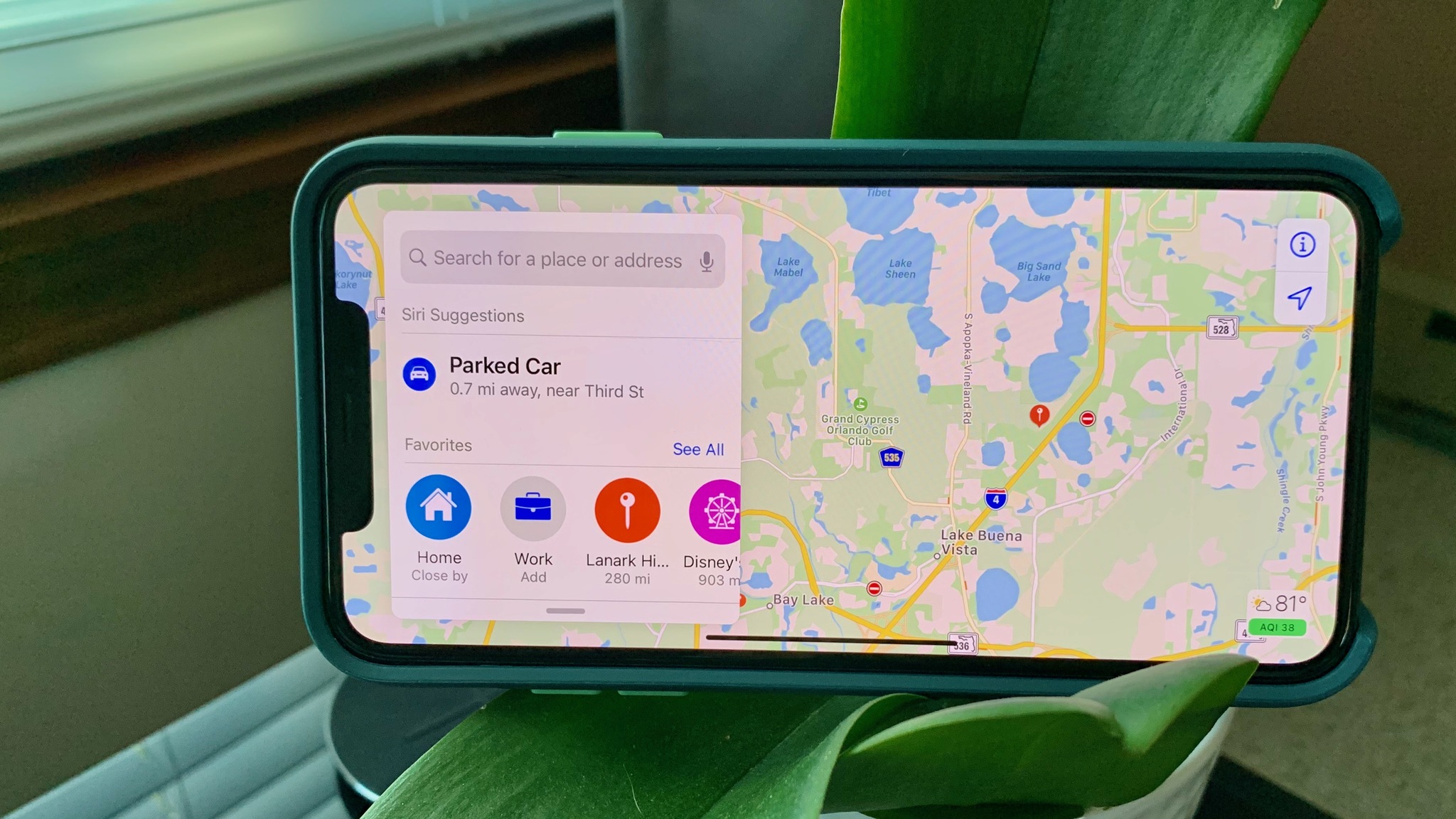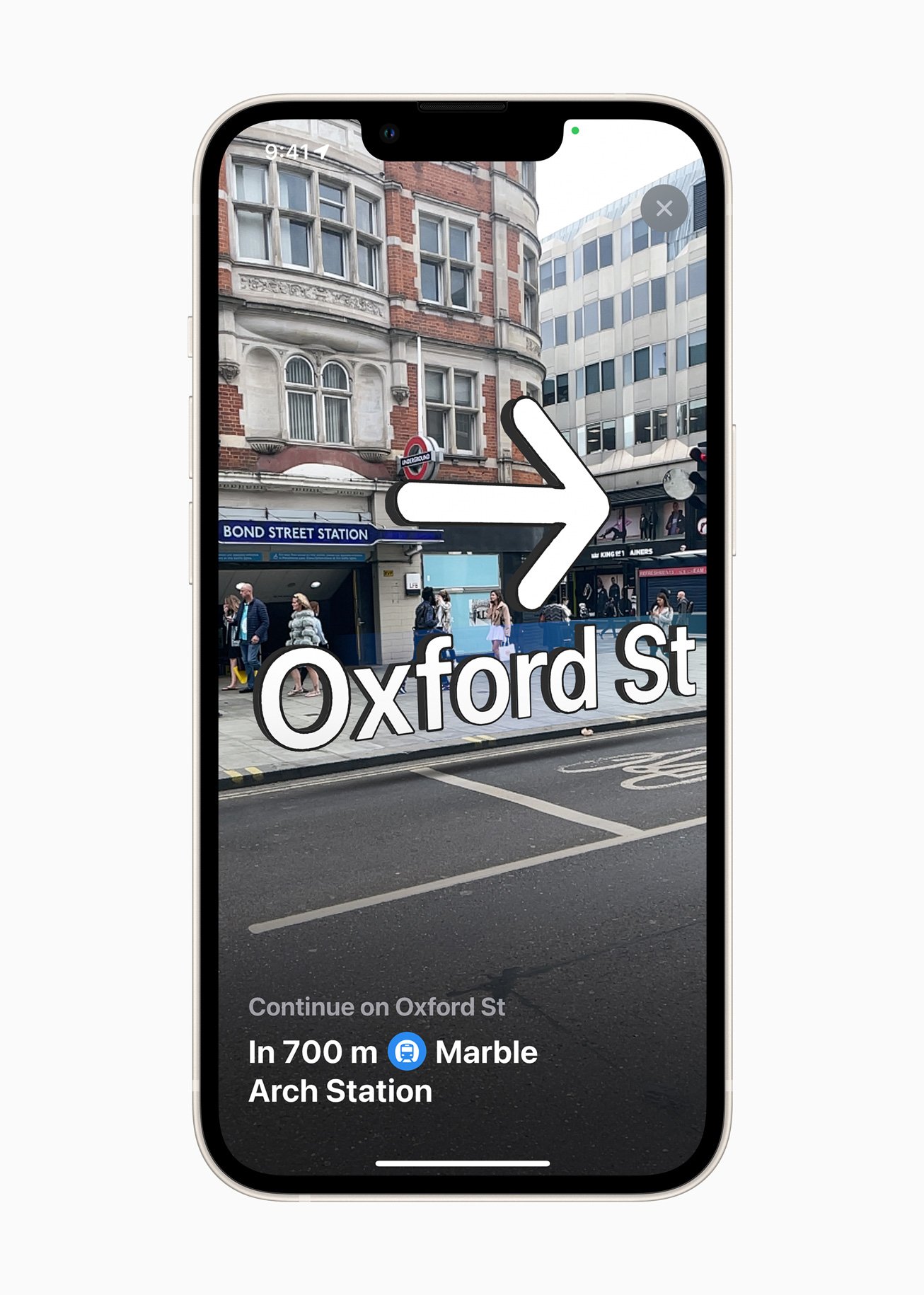
Whether you're lost, new to an area, or just need directions to a specific place, the best iPhone app to open is Maps. In iOS 15, Maps has gotten even more powerful — especially when it comes to walking directions. Now, if you're in a supported location, it's much easier to see exactly where you need to go with augmented reality. But how and where does it work, exactly? Here's what you need to know.
What is augmented reality in Maps?
If you're unfamiliar with the concept of augmented reality, all you need to know is that it is a technology that superimposes content onto the real world. So, when it comes to augmented reality in Maps, that means your step-by-step walking directions are shown right in front of you using your iPhone screen and camera.
As Apple says, "users can simply raise their iPhone to scan buildings in the area, and Maps generates a highly accurate position to deliver detailed directions that can be viewed in the context of the real world." That means you'll be guided on which direction to walk, exactly when to take a turn, and your precise destination thanks to arrows and other markers placed over the real world on your screen.
Which locations support augmented reality in Maps?

Right now, there are just a limited number of locations that offer support for augmented reality in Maps. The majority of these locations are in the U.S., too, so you might not be able to try the feature out for yourself for a while if you live elsewhere in the world. Supported locations include:
- London
- Los Angeles
- New York
- Philadephia
- San Diego
- San Francisco
- Washington, DC
More locations are likely to be added over time as Apple expands its AR offering. Given the complex nature of the functionality and the necessity to recognize 3D scans of buildings and find precise locations, it will probably be a slow rollout. It may never come to smaller cities and towns.
Which devices support augmented reality in Maps?
While you might not live in a location that supports augmented reality in Maps, you may well have a device that does. Apple states that the feature requires an iPhone equipped with an A12 Bionic chip or later. That means all of the below iPhone models support AR in Maps:
- iPhone 13
- iPhone 13 mini
- iPhone 13 Pro
- iPhone 13 Pro Max
- iPhone 12
- iPhone 12 mini
- iPhone 12 Pro
- iPhone 12 Pro Max
- iPhone SE (2020)
- iPhone 11
- iPhone 11 Pro
- iPhone 11 Pro Max
- iPhone XS
- iPhone XS Max
- iPhone XR
A new way to get around
If you live or work in one of the above cities, or if you are on vacation there, augmented reality in Maps could be a really useful tool for finding your way around on foot. Taking a scan of the buildings around you to get your precise location and having heads-up directions on-screen makes it super easy to navigate an unfamiliar area.
Master your iPhone in minutes
iMore offers spot-on advice and guidance from our team of experts, with decades of Apple device experience to lean on. Learn more with iMore!
Hopefully, the feature will expand to a greater variety of cities and countries over time so more people can take advantage of it.
Adam Oram is a Senior Writer at iMore. He studied Media at Newcastle University and has been writing about technology since 2013. He previously worked as an Apple Genius and as a Deals Editor at Thrifter. His spare time is spent watching football (both kinds), playing Pokémon games, and eating vegan food. Follow him on Twitter at @adamoram.

